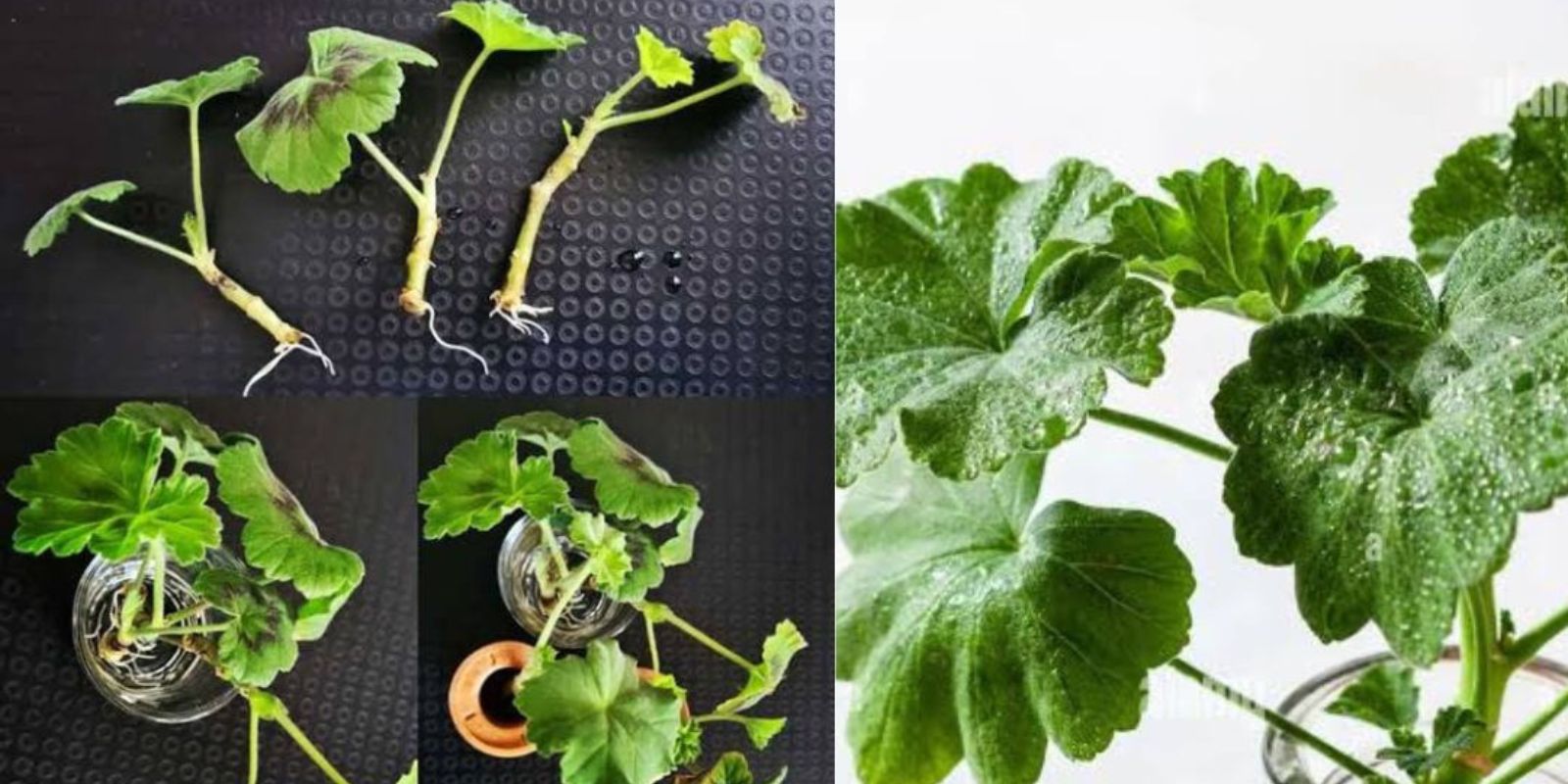Introduction
Geraniums are one of the most popular flowering plants for gardens, balconies, and indoor spaces. Their vibrant blooms and adaptability make them a favorite among gardeners. But did you know that you can create an infinite number of geraniums from just one stem? This cost-free propagation method is easy, sustainable, and a fantastic way to expand your garden. In this guide, we’ll walk you through the step-by-step process to multiply geraniums infinitely without spending a penny.
The Beauty of Propagation
Plant propagation is the practice of creating new plants from existing ones, and geraniums are one of the easiest plants to propagate. With the right technique, you can grow new geraniums from cuttings and fill your garden with beautiful blooms in no time.
Why Propagate Geraniums?
- Cost-Free Gardening: Save money by growing your plants instead of buying them.
- Sustainability: Reduce waste by repurposing existing plants.
- Healthier Plants: Propagation allows you to select the strongest stems, ensuring healthy, vibrant new plants.
- Endless Supply: With proper care, a single geranium can yield countless new plants.
Step-by-Step Guide to Propagating Geraniums
1. Select the Perfect Stem
- Choose a healthy, mature geranium plant as the donor.
- Look for stems that are free of disease or pests and have at least two or three leaf nodes.
- Avoid stems with flowers, as these divert energy from root development.
2. Cut the Stem
- Use clean, sharp scissors or pruners to make a diagonal cut just below a leaf node.
- Cuttings should be 4–6 inches long for optimal growth potential.
- Make the cut in the morning when the plant is hydrated for the best results.
3. Prepare the Cutting
- Remove the leaves from the lower half of the stem, leaving a few at the top.
- This reduces water loss and redirects energy toward root development.
- If desired, dip the cut end in rooting hormone to speed up the rooting process.
4. Prepare the Soil
- Use a well-draining potting mix, such as a combination of peat, perlite, and vermiculite.
- Avoid heavy soils that retain too much moisture, as this can cause the cutting to rot.
- Fill a small pot or container with the prepared soil, leaving enough room to insert the cutting.
5. Plant the Cutting
- Insert the cutting into the soil, ensuring that at least one node is buried beneath the surface.
- Gently press the soil around the stem to secure it in place.
- Space multiple cuttings at least 2–3 inches apart if planting in the same container.
6. Water the Cutting
- Lightly water the soil to keep it moist but not waterlogged.
- Use a spray bottle or watering can with a gentle flow to avoid dislodging the cutting.
- Check the soil regularly to maintain consistent moisture.
7. Create a Humid Environment
- Cover the pot with a clear plastic bag or use a propagation dome to trap humidity.
- Ensure the covering doesn’t touch the cutting by using stakes or toothpicks to hold it up.
- Place the pot in a warm, bright area with indirect sunlight.
8. Monitor for Root Growth
- Check the cuttings for root development after 3–4 weeks.
- Tug gently on the stem to feel for resistance, a sign that roots have formed.
- If roots are visible through the drainage holes, it’s time to transplant.
9. Transplant to a Larger Container
- Once the cutting has established roots, move it to a larger pot or directly into your garden.
- Use nutrient-rich soil and ensure proper spacing for healthy growth.
- Water the transplanted geranium thoroughly to help it settle into its new environment.
10. Care for Your New Geraniums
- Provide 6–8 hours of sunlight daily for robust flowering.
- Water when the top inch of soil feels dry, but avoid overwatering.
- Fertilize every 4–6 weeks with a balanced fertilizer to promote growth and blooms.
Tips for Success
- Choose Healthy Stems: The quality of your cutting determines the health of your new plant.
- Avoid Overwatering: Too much moisture can cause root rot, so let the soil dry slightly between waterings.
- Rotate Pots: If propagating indoors, rotate the pots regularly for even light exposure.
- Prune Regularly: Trim dead leaves and stems to encourage bushier growth.
- Be Patient: Some cuttings may take longer to root, so don’t give up if you don’t see immediate results.
Why This Method Works
Geraniums are naturally resilient and quick to adapt. By using stem cuttings, you’re leveraging the plant’s ability to regenerate from its nodes. This method mimics the natural process of vegetative reproduction, making it both effective and reliable.
The Joy of Propagation
There’s something deeply satisfying about watching a cutting transform into a thriving plant. Not only do you save money, but you also get to enjoy the process of nurturing life. Propagation is a rewarding experience that allows you to share your plants with friends and family, creating a garden that’s rich in both beauty and memories.
Conclusion
Cultivating endless geraniums from a single stem is a simple yet powerful gardening hack. With just a few basic materials and some patience, you can transform your garden into a colorful paradise without spending a cent. So why not give it a try? Start with one stem and watch your garden flourish with vibrant geraniums.
What are your favorite propagation tips? Share your experience below!
#EndlessGeraniums #PlantPropagation #GardeningHacks #GrowYourOwn #DIYPlants #SustainableGardening #FloralGardenGoals

